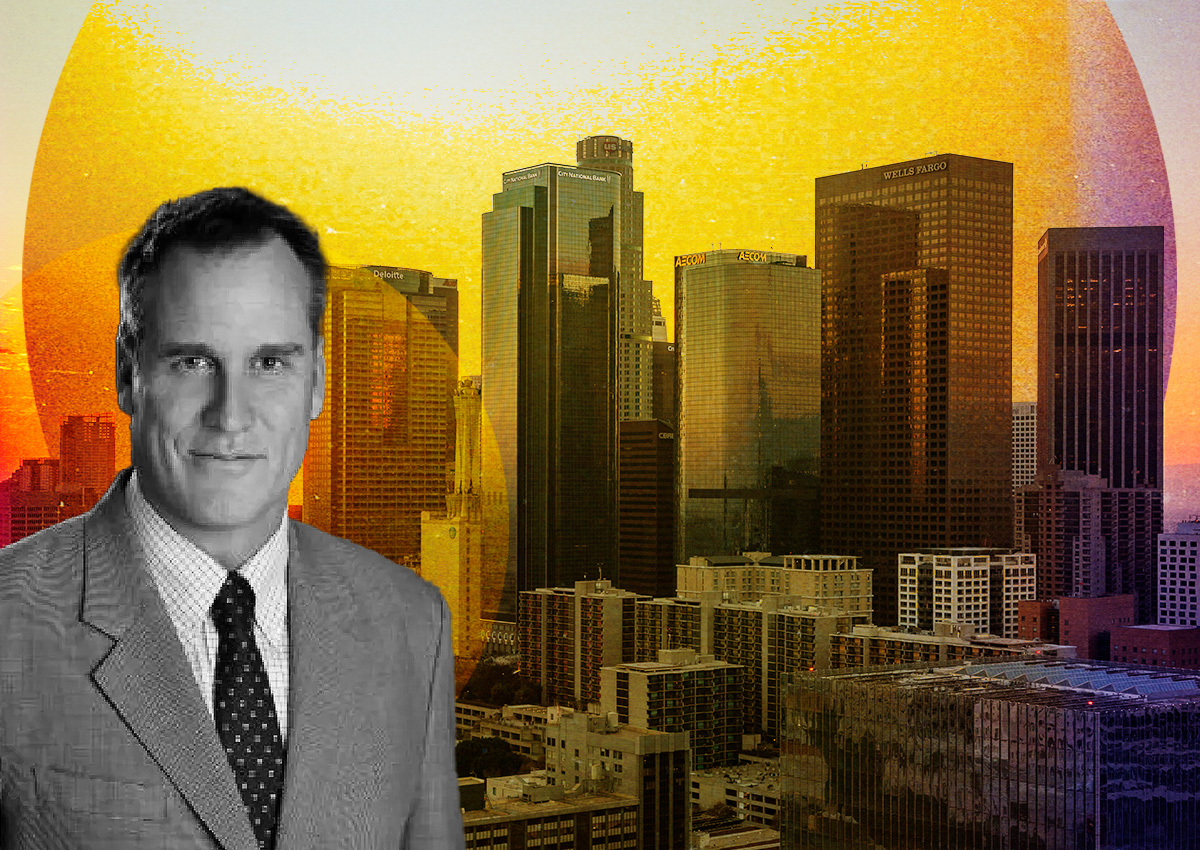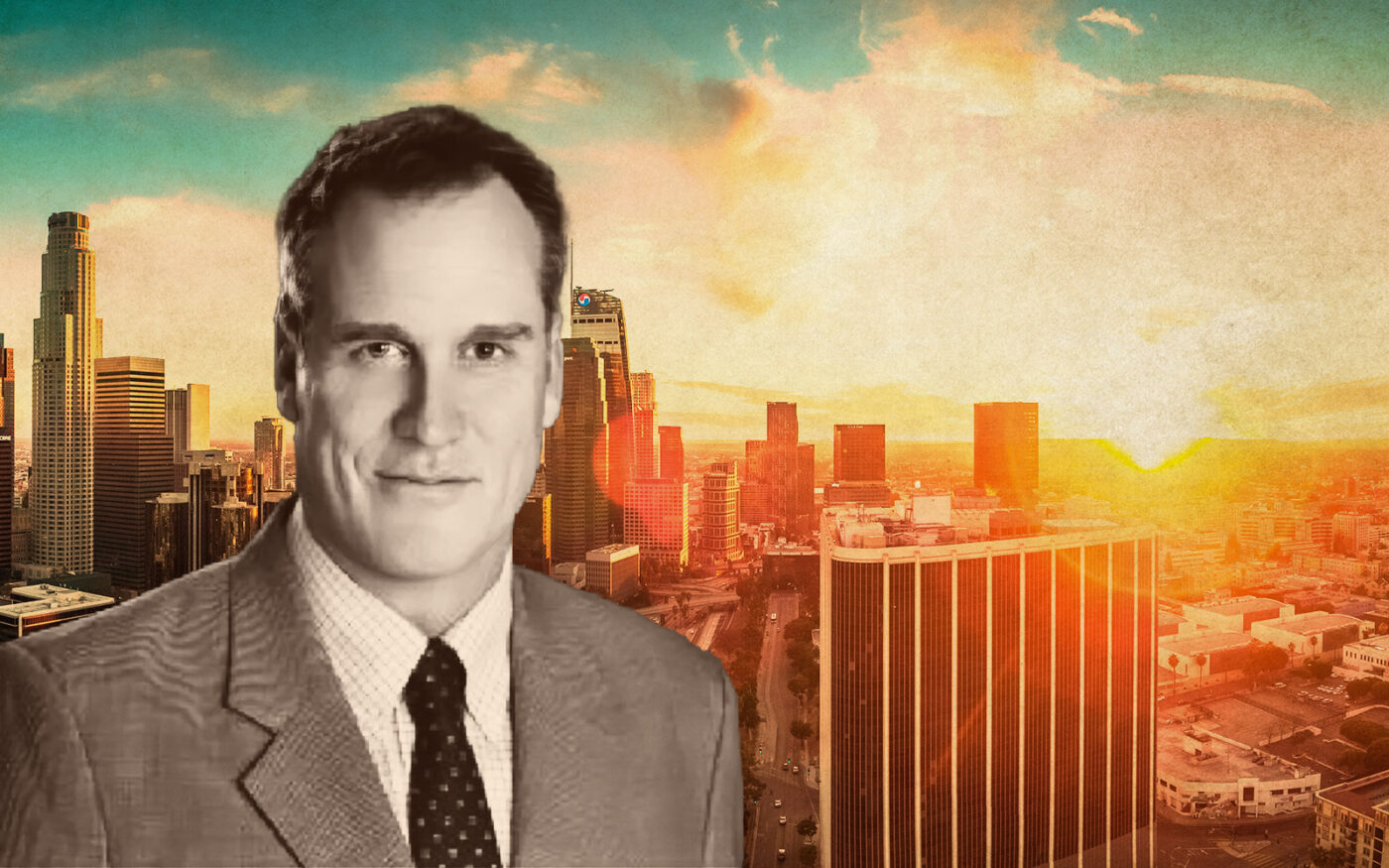
Trending
DTLA’s recovery depends on creating an identity beyond office hub
Financial district needs to diversify with more homes, restaurants, shops and attractions

For decades, the financial district was the engine of Downtown Los Angeles. But its mighty rumble has sputtered, with one in four offices now empty.
The soaring glass towers and the restaurants and businesses that once depended on crowds of workers may recover – but only if the area’s identity grows beyond a ring of white-collar office space, the Los Angeles Times reported.
To urban planners, real estate developers and business owners with a stake in Downtown, the neighborhood could come back, if it follows the path of the financial capital of New York.
Lower Manhattan, which faced an exodus after 9/11, recovered through more diverse uses. It’s still an office district, but it teems as a residential neighborhood with more shops, restaurants, parks and hotels than before the attacks. A performing arts center will open this fall.
“Cities evolve. That’s what they do,” Nick Griffin, executive director of the Downtown Center Business Improvement District, told the Times. “From natural disasters, wars and pandemics. They evolve with market changes, customer preferences and cultural shifts.”
L.A.’s tight housing market, combined with the downturn in office rentals, opens the possibility to convert some office buildings into housing or hotels. While some business owners have abandoned the financial district, others see opportunity to get in at an affordable price during what they hope is just an economic dip.
More residents and visitors would make the neighborhood more dynamic and better able to support restaurants, shops and nightlife, Griffin, whose nonprofit coalition numbers more than 2,000 property owners, said. “If we trade some office for residential, that’s a good thing.”
Downtown Los Angeles, including the Financial District, was severely impacted by the pandemic and the era of remote work. Owners of some of downtown’s office high-rises have faced defaults, foreclosures and rushed sales as demand craters.
The 69-million-square-foot Downtown L.A. office market had a vacancy rate of 24 percent in the first quarter, up from 21.1 percent a year ago, according to CBRE. That’s expected to climb to 30 percent as some companies shrink their offices or move out of Downtown.
Fortunately for Downtown, its more than 35,000 apartments – built after 1999 – remain nearly fully occupied.
Three new hotels have recently opened and a 42-story apartment tower will start leasing later this year. Bottega Louie, a top-grossing restaurant before it shut down for the pandemic, reopened in 2021. Last year, Beverly Hills steakhouse Mastro’s also opened a seafood restaurant near Crypto.com Arena.
And last week, Metro opened its new Regional Connector, a 1.9-mile underground Downtown track, adding three stations and linking different lines to make travel more seamless.
— Dana Bartholomew
Read more





